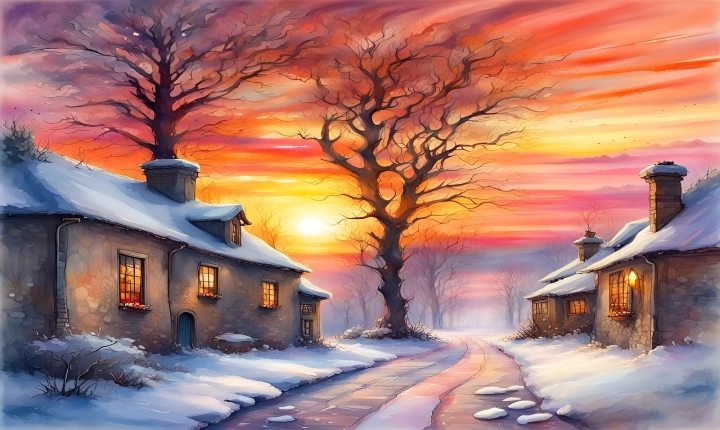Title: Exploring the Exciting World of AI-Generated Pictures
In recent years, artificial intelligence (AI) technology has made significant strides in the field of image generation. Through the use of advanced algorithms and neural networks, AI is now capable of creating stunning and realistic pictures that are indistinguishable from those captured by a human photographer or artist. This breakthrough has opened up a whole new realm of creative possibilities and has the potential to revolutionize various industries, including graphic design, marketing, and entertainment.
So, how exactly does AI generate pictures? Let’s delve into the fascinating process behind this cutting-edge technology.
Generative Adversarial Networks (GANs) have emerged as one of the most popular and powerful methods for AI-generated image synthesis. GANs consist of two neural networks – the generator and the discriminator – that work in tandem to produce convincing and high-quality images. The generator creates images from random noise, while the discriminator evaluates these images and provides feedback to the generator. Through a process of continuous improvement and refinement, GANs are able to produce increasingly realistic and visually appealing pictures.
Another key technique used in AI image generation is style transfer, which involves transferring the visual style of one image onto another. This method utilizes deep neural networks to extract and combine the content and style of two separate images, resulting in a unique and eye-catching composition. Style transfer has been leveraged in a variety of applications, from creating artistic digital portraits to enhancing the visual appeal of marketing materials.
Furthermore, AI models such as OpenAI’s DALL·E have demonstrated the ability to generate images from textual prompts. By inputting specific descriptions or requests, users can command AI to create images that align with their desired criteria. This has proven to be an incredibly powerful tool for visual storytelling, concept ideation, and personalized content creation.
The implications of AI-generated pictures are vast and far-reaching. For creative professionals, AI offers a wealth of new options for generating original and compelling visual content. From customizing imagery for branding and advertising to designing captivating illustrations for publications and websites, AI provides an efficient and innovative means of producing high-quality visuals.
Moreover, AI-generated pictures have the potential to streamline the design process and reduce time and resource constraints. By automating the creation of visuals, businesses can accelerate their content production and maintain a consistent level of quality across various media channels. Additionally, AI can assist in generating personalized and targeted imagery that resonates with specific audience segments, thereby enhancing engagement and driving conversion rates.
As with any emerging technology, ethical considerations must be considered when utilizing AI-generated pictures. There are ongoing discussions surrounding issues of intellectual property, authenticity, and the potential impact on traditional creative professions. It is essential for stakeholders to navigate these discussions and ensure that AI is leveraged responsibly and ethically in the creation and dissemination of visual content.
In conclusion, the advent of AI-generated pictures represents a significant leap forward in the realm of visual content creation. The capacity of AI to generate stunning and diverse images has the potential to revolutionize industries that rely heavily on visual communication. As AI continues to advance, the creative and commercial possibilities of AI-generated pictures are sure to expand, opening up new avenues for innovation and expression in the world of visual arts and design.
